Thatta villagers decide to vote for water
Women in Siddique Shoro Village must walk miles each day to get water
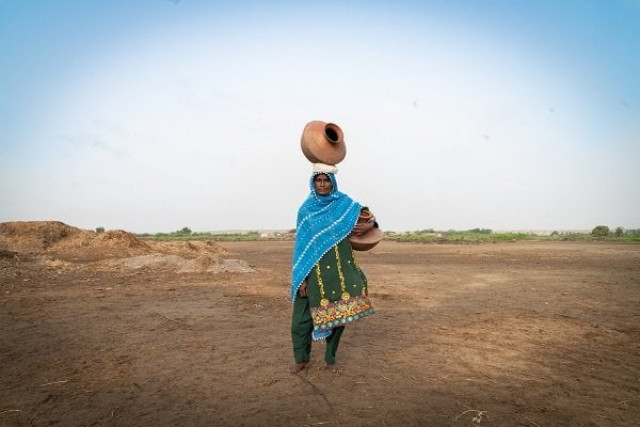
Siddique Shoro village resident Noor Bano. PHOTO: EXPRESS
"Each trip takes over an hour. Each day, I have to spend at least three to four hours in the quest for water," lamented Bano. "The heat, sweat, the weight of the garha (the water pot) and the waiting in long queues is our destiny," she told The Express Tribune, pointing to her neck and shoulders that constantly ached due to the heavy load she had to carry back home each time.
The pain is a constant for almost all the women in her village. Several times, they have approached the elected representatives to address the water issue, but to no avail. "We have only one demand - potable water," she asserted. Water is what they will be voting for in the upcoming elections.
A recent visit to the area laid bare the absence of basic civic facilities in the village and its adjoining areas. Water and sanitation are the core issues for the residents, besides having to contend with periodic disasters in the form of cyclones and floods.
Tackling water shortage
The majority of the schools have no toilets or facility for drinking water. Students have no choice but to walk back home or elsewhere if they must answer the call of nature. The situation is so dire that only one of Bano's children goes to school. The older boys help their father in the fields. The girls stay at home as there is no female teacher in the village.
But the most important thing on the agenda for the villagers is water. Each day, after breakfast, Bano makes her first trip to the water pump, located around a kilometer from her house. These trips can range from twice a day to sometimes four, depending on the need.
According to the Pakistan Social and Living Standard Measurement (PSLM) survey 2014-2015, only 7% of the rural population in Sindh province has access to tap water, 63% use water from hand pumps, 12% from motor pumps, 8% from dug well, while 9% use surface water as a source for drinking water. The survey also identifies the sources of potable water in District Thatta - 13% people use tap water, 31% use a hand pump, 13% use a motor pump for water suction, 11% use water from dug wells and 32% use unimproved surface water.
In addition, tens of thousands of acres of land in Thatta has been eroded by the sea, which is also severely affecting the ground water aquifers. In many areas of the district, the erosion has rendered agricultural lands useless by making them saline and turning the water sources brackish.
Water scarcity: Muslim countries feared to run dry by 2025
Like many other communities in the province, schools here are the worst hit in terms of lack of access to drinking water and toilets.
Besides, Thatta district is ranked second last in Sindh in terms of the use of proper latrines. In the rural areas of the district, only 11% of the population use improved latrines, while 28% of the population has no access to toilets whatsoever.
For the women of Siddique Shoro village, who they vote for in the upcoming elections is a no-brainer. "Whoever promises to resolve our water issues," said Bano resolutely.

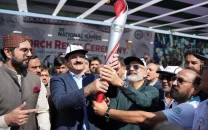

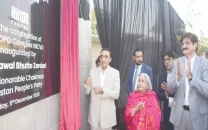



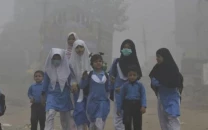



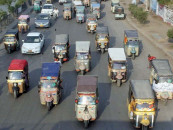







COMMENTS
Comments are moderated and generally will be posted if they are on-topic and not abusive.
For more information, please see our Comments FAQ